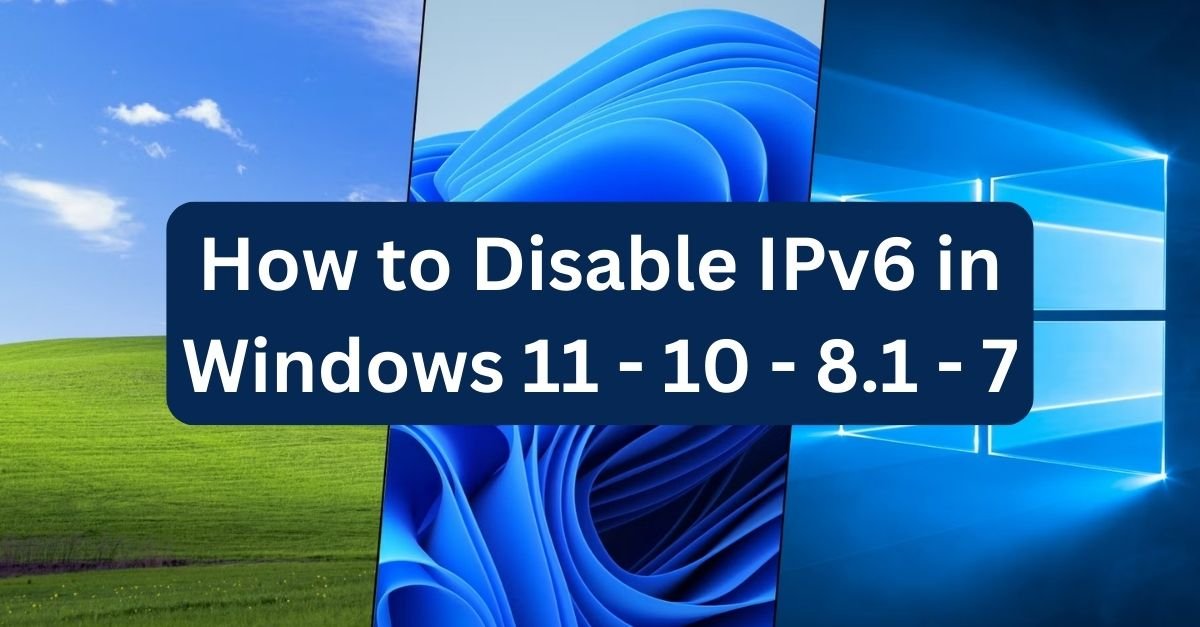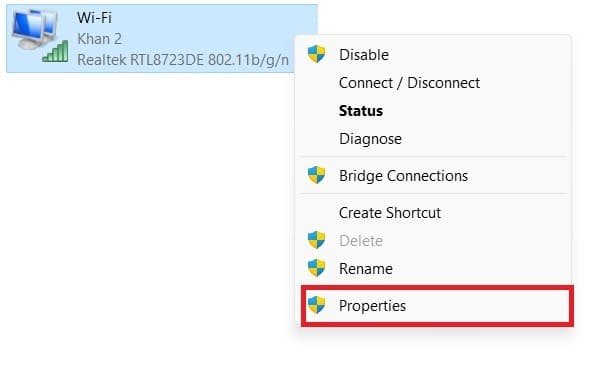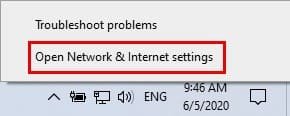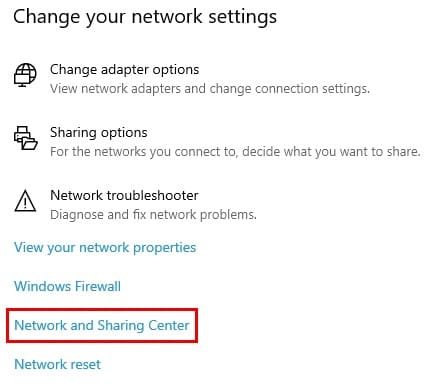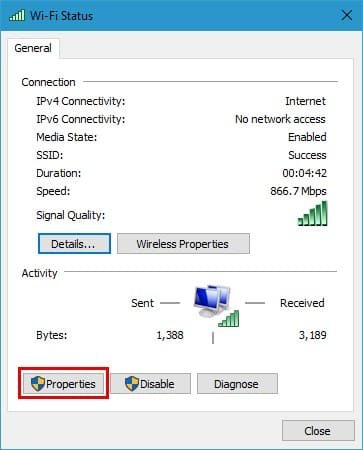Disabling IPv6 in Windows operating systems has several benefits. By turning off IPv6, you can resolve connectivity issues, improve network performance, and enhance security. Some networks or applications may not support IPv6, and turning it off can fix compatibility issues. This guide will show you how to disable IPv6 in Windows 11, 10, 8.1, or 7, and optimize your network settings.
Let’s get started!
Disable IPv6 in Windows 11
Turning off IPv6 in Windows 11 can fix connection problems and make your network faster. Here is how to disable IPv6 in Windows 11 for better network settings.
Related: Read about the best laptops for Cybersecurity: A Comprehensive Guide
- Search “View Network Connection” in the taskbar search bar and open it.

- Click on your internet connection, right-click on that and choose “Properties“.

- Uncheck “Internet Protocol Version 6 (TCP/IPv6)“, and click “OK” and “Close“.
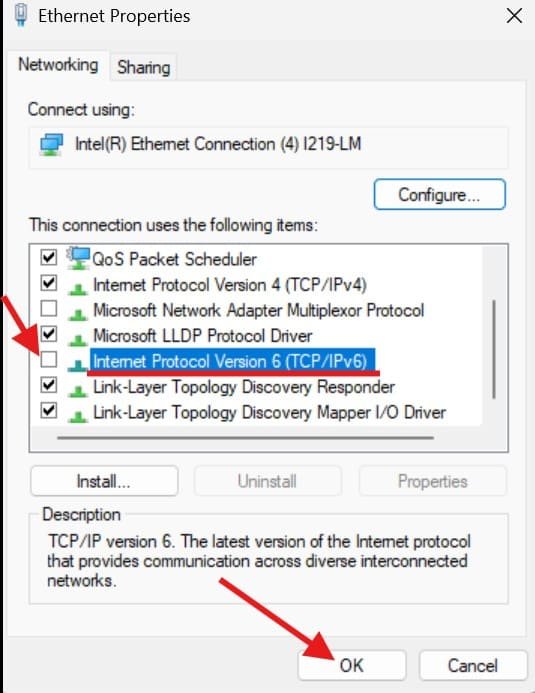
Disable IPv6 in Windows 7, 8.1 and 10
Here’s how to turn off IPv6 in Windows 7, 8, and 10 using simple steps to improve your network settings.
- Right-click on the internet icon at the right side of your taskbar and Choose “Open Network & Internet settings“.

- Click “Network and Sharing Center“.

- Click on your Wi-Fi name (or Ethernet connection).
- Click “Properties“.

- Uncheck the box next to “Internet Protocol Version 6 (TCP/IPv6)” and click “OK“.

Difference between IPv4 and IPv6
IPv4 and IPv6 are two different versions of Internet Protocol that computers use to interact with one another over the Internet.
IPv4
IPv4 stands for Internet Protocol Version 4. The earlier version, IPv4, has been in use since the 1980s. It has a 32-bit address scheme, hence it can only support up to 4.3 billion distinct addresses. We have run out of available IPv4 addresses as a result of the large number of phones, laptops, and other devices connected to the internet.
This is why we require a new addressing scheme with more space.
IPv6
IPv6 (Internet Protocol version 6) works on a 128-bit address scheme, allowing for approximately 340 undecillion unique addresses.
So, Which is Better?
IPv6 is widely regarded as the preferable option for the internet’s future. Here are some of the main advantages of IPv6 versus IPv4.
- More Addresses: As mentioned, IPv6 has a much larger address space, which means it can support far more devices connected to the internet.
- Improved Security: IPv6 has built-in functionality for encryption and authentication, making it safer than IPv4.
- Better Performance: IPv6 includes some technical enhancements that can result in faster and more efficient data transport than IPv4.
- Streamlined Header: The IPv6 header is simpler and more efficient than the IPv4 header, potentially improving total network speed.
In conclusion, IPv6 is the superior long-term answer, but the transition is still underway, and both IPv4 and IPv6 will continue to play key roles in the internet ecosystem for the foreseeable future.
Conclusion
In short, disabling IPv6 in Windows 11, 10, 8.1, or 7 can improve your network connection by fixing compatibility issues and potentially making it faster. The guide above provides steps on how to do this for each Windows version.
Why Would I Want To Disable IPv6?
You may want to disable IPv6 if you’re experiencing connectivity issues, or if you’re using an older network or application that doesn’t support IPv6. Disabling IPv6 can also enhance security by reducing the attack surface.
Will Disabling IPv6 Affect My Internet Connection?
Simply No! Disabling IPv6 will not affect your internet connection, as most networks and applications still support IPv4. However, some newer applications and services may require IPv6, so disabling it may affect their functionality.

